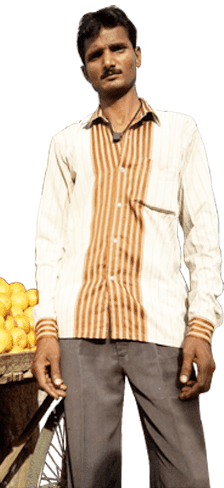Eko's Race to Profitability Received a Few Booster Shots
July 13, 20112 minsEarlier this week, TechSangam was the first blog to report on Eko Financial’s $5.5 million funding round from Creation Investments. TechCrunch’s Sarah Lacy followed with this really nice coverage on Eko. Sure TechCrunch hardly covers the Indian startup ecosystem but I just couldn’t resist the *we first * jibe. 🙂
When Abhishek Sinha (Eko co-founder & CEO) and I chatted a few weeks ago, he was most excited about two developments, both pertaining to their Business Correspondent relationship with State Bank of India (SBI). Firstly, SBI dramatically improved the compensation structure for business correspondents. It was highly skewed with the bank keeping an overwhelming share of fee income from customer charges. Seemingly overnight (though it was in the works for a while) they flipped it around to favor the banking correspondent. Secondly, SBI facilitated technology and process changes that allowed Eko to bank their revenues by close-of-business every day. Compared to the much lengthier previous regime of invoicing, reconciliation and payments that meant severe procedural delays, this is a massively positive change for a startup’s cash flow.
By sharing a higher percentage of transaction fees, SBI hopes more business correspondents will enter the fray, which would no doubt increase signups of no-frills accounts. This means more competition for Eko but right now, Abhishek and team are not losing sleep over it. Currently they are razor-focused on the path to profitability which doesn’t seem very far – especially against the backdrop of SBI’s changes in payout.
Does branchless banking reach poor people?
Last month, CGAP (Consultative Group to Assist the Poor) completed Part 2 of a three-part study to answer this question, by interviewing 814 Eko customers in 32 locations across NCR and Bihar. The results are a strong endorsement of mobile banking in general (and specifically Eko) across several dimensions.
-
Eko is serving a higher proportion of poor customers
-
46% of customers likely to be living on/below the poverty line of $2/day
-
39% of customers had previously not used any form of financial services
-
Only 48% previously had a bank account
-
Eko customers reported a high customer satisfaction
-
76% of Eko’s customers rated the branchless banking service as highly effective
-
74% said losing access to this service would have a negative effect on their lives
-
98% found the service to be very easy or moderately easy to use
-
Significant number of Eko’s customers (especially the poor) use the service to save money
-
37% of all customers used the service for savings
-
42% said they were saving in case of an emergency
-
Only 9% saved with the intent of making an investment
CGAP has published these insights (and some more) on this blog post – Does branchless banking reach poor people? The evidence from India.
